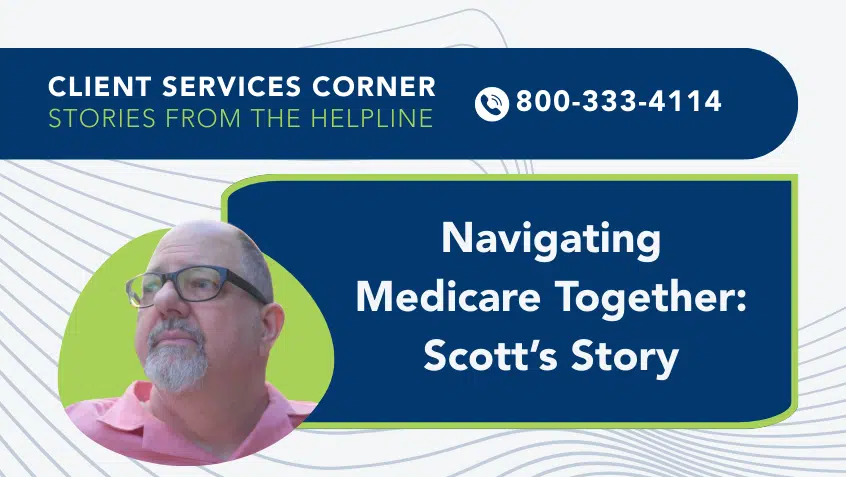Join Us Live for a Discussion on Medicare, Democracy, and the Future of Health Care
More Medicare Advantage Plans Can Make Open Enrollment Daunting

Medicare Open Enrollment is the time of year when people can make changes to their Medicare Advantage (MA) or Part D prescription drug plans. As Open Enrollment nears an end on December 7, many people with Medicare are weighing their coverage options. This process can be overwhelming due to the considerable number of plans available.
A new analysis from Kaiser Family Foundation finds that the average beneficiary has 43 different MA plans to choose from in 2023. The analysis does not include employer-sponsored plans, Special Needs Plans (SNPs), cost plans, or Medicare-Medicaid integrated plans, all of which are only available to some beneficiaries.
The number of MA plans to choose from depends on where a beneficiary lives. KFF found that 27 counties have more than 75 plans offered. In 4% of counties, beneficiaries have three or fewer plans to choose from.
Importantly, the large number of plans does not necessarily reflect diverse corporate ownership. Most beneficiaries (60%) have plans available from fewer than 10 companies. In 1,136 counties (accounting for 50% of beneficiaries), at least one company offers 10 or more plans. This is also reflected in the enrollment numbers. Two companies, UnitedHealthcare and Humana, accounted for 46% of MA enrollment in 2022.
Differentiating between the different plan options is also increasingly difficult with the proliferation of extra benefits. The KFF analysis shows that 97% of plans offer some vision, fitness, telehealth, hearing, or dental benefits, but “the scope of coverage for these services varies.”
More plan options and choices can mean a greater likelihood of finding a plan that suits a person’s particular needs but can also make the process of deciding on a plan more confusing, overwhelming, and complicated. Our experience and nationwide data show that people are likely to forgo comparison shopping and may choose or remain in a less beneficial, more expensive plan.
The report notes that “Insurers are drawn to the Medicare Advantage market because it is profitable relative to other health insurance markets, and this comes at a cost to Medicare, in that Medicare currently pays Medicare Advantage 104% of traditional Medicare costs, on average, according to MedPAC. As the market continues to grow, and enrollment continues to climb, it will be increasingly important to assess how well Medicare Advantage is serving beneficiaires in terms of costs, quality, benefits and patient outcomes, as well as how well Medicare’s current payment methodology for Medicare Advantage is working to hold down beneficiary costs and Medicare spending.”
At Medicare Rights, we will continue to urge greater oversight and transparency around MA. When the marketplace is so saturated and confusing, and when extra Medicare dollars are spent providing extra benefits, it is unrealistic and ineffective to expect beneficiaries to use “smart shopping” to reduce costs and improve coverage.
Show Comments
We welcome thoughtful, respectful discussion on our website. To maintain a safe and constructive environment, comments that include profanity or violent, threatening language will be hidden. We may ban commentors who repeatedly cross these guidelines.
Help Us Protect & Strengthen Medicare
Donate today and make a lasting impact
More than 67 million people rely on Medicare—but many still face barriers to the care they need. With your support, we provide free, unbiased help to people navigating Medicare and work across the country with federal and state advocates to protect Medicare’s future and address the needs of those it serves.
The Latest
Most Read
Add Medicare to Your Inbox
Sign up to receive Medicare news, policy developments, and other useful updates from the Medicare Rights.
View this profile on InstagramMedicare Rights Center (@medicarerights) • Instagram photos and videos









